Follow us!
Follow us!
The pilot site related to the agricultural sector will be constructed in the Valle Inferior irrigation community, located in the Guadalquivir River Basin in Andalusia, Spain. This irrigation system has an area of 18,945 hectares, extending from the town of Lora del Río to the city of Seville. The system counts about 2300 irrigators and 3000 plots.
Agriculture pilot site
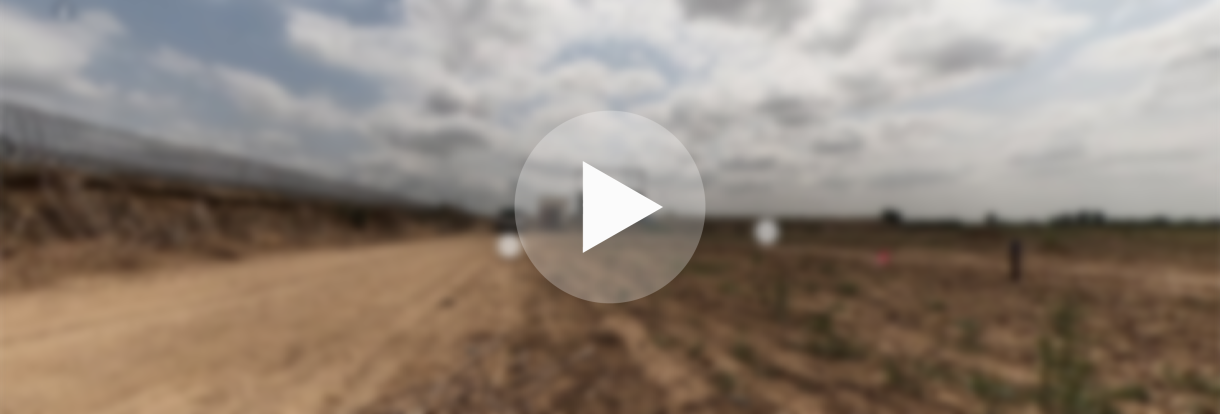
The irrigation system is divided into nine sectors. Each sector has its own reservoir, where water coming from the Guadalquivir River is being stored for irrigation. From these nine reservoirs, pressure pumps are used to transport water to hydrants, from which water is applied to the fields. These pressure pumps require large amounts of energy, and due to the rising energy prices in recent years, energy consumption is currently a significant factor in the operational costs for irrigation.
For this reason, to meet the growing demand for energy while keeping energy costs manageable, since 2019, the Valle Inferior irrigation system uses photovoltaic energy from what currently is the largest solar plant of all Spanish irrigation systems, with a capacity of 6 MWp.
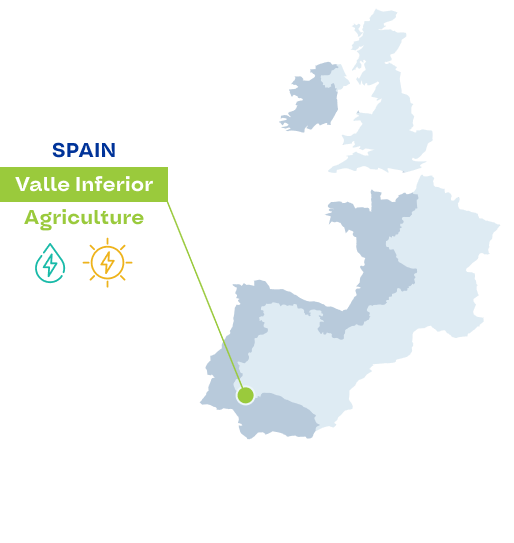
18,945 hectares
The irrigation system where the pilot plant will be constructed has an area of 18,945 hectares and counts about 2300 irrigators and 3000 plots
6MWp
Currently the Valle Inferior community already has a solar plant of 6MWp, which is the largest solar plant of all Spanish irrigation communities
Since 2019
Using solar energy since 2019 on irrigation community level
13,000m³
The plot where the pilot site with the floating solar plant will be installed has an area of about 200 hectares, and the water reservoir on the plot has a volume of around 13,000m³
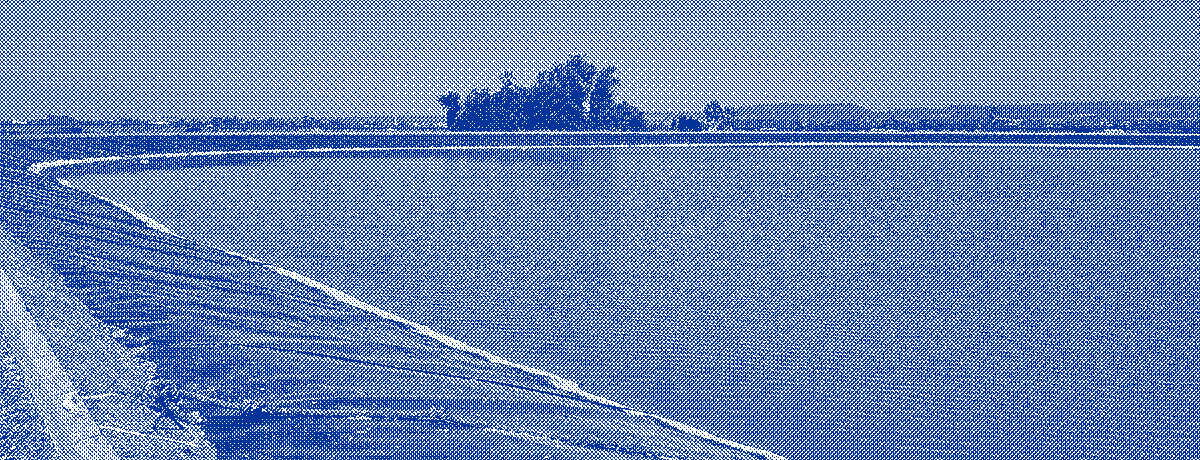
Besides using solar energy at community level, with this large solar plant, the next step for the Valle Inferior irrigation community is to implement renewable energy systems at farm level. The possibilities of renewable energy at farm level will be studied by implementing this pilot site. The pilot site will be constructed on the estate of one of the farmers in the Valle Inferior system, called Las Catalinas, and will include a small solar plant, in combination with micro-hydropower.
The combination of both solar energy and hydropower has been chosen to continue increasing the use of renewable energy sources in the irrigation community, thereby minimizing the use of fossil fuels. This way, the pilot site contributes to improving the agricultural sector and creating a more sustainable, resilient agricultural system. Afterwards, the results of the agricultural sector will also be used in the other sectors involved in the project: the aquaculture, ports and community energy sectors.
With water sources becoming scarcer due to economic growth and the effects of climate change, new irrigation techniques are being implemented in the agricultural sector to use water more efficiently. These new techniques, such as drip irrigation instead of surface irrigation, are aimed to save water.
However, an undesired effect of these new techniques is that they require more energy and therefore increase the energy consumptions of irrigation systems. Irrigation systems, in Spain but also elsewhere in the world, are transformed from requiring relatively large amounts of water but low amounts of energy, to requiring less water but much greater amounts of energy.
Due to the rising energy requirements and its associated costs, energy consumption is now a significant factor in the costs for irrigation. Farmers previously mainly had to deal with the threat of water scarcity, but they currently also face the consequences of changing to new irrigation techniques: higher energy requirements and therefore higher energy costs.
Besides, increased energy consumption for irrigation also means increased greenhouse gas emissions. Currently, agricultural systems depend largely on fossil fuels, which contribute to global warming in addition to being finite.
For these two reasons, the use of solar energy is also becoming more popular in the agricultural sector. It is being used to power irrigation systems, in order to reduce energy costs and minimize greenhouse gas emissions. However, a challenge of using solar energy in the agricultural sector is to match the availability of solar energy (or another renewable energy source) to the irrigation demand. To irrigate their fields, farmers need a constant energy supply, while the production of renewable energy depends on the availability of the resource. This is therefore a challenge in the agricultural sector: matching renewable energy sources with the irrigation demand of farmers.
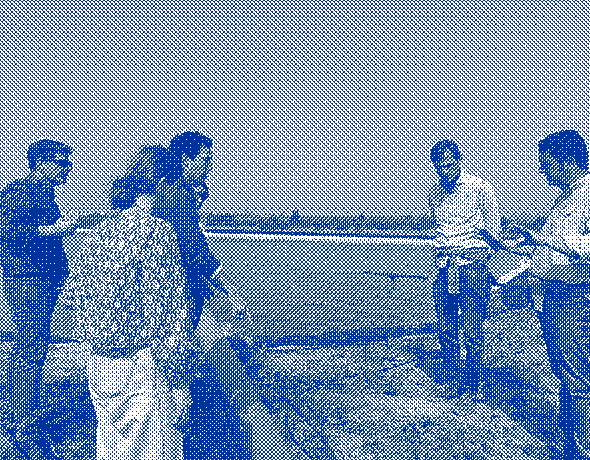
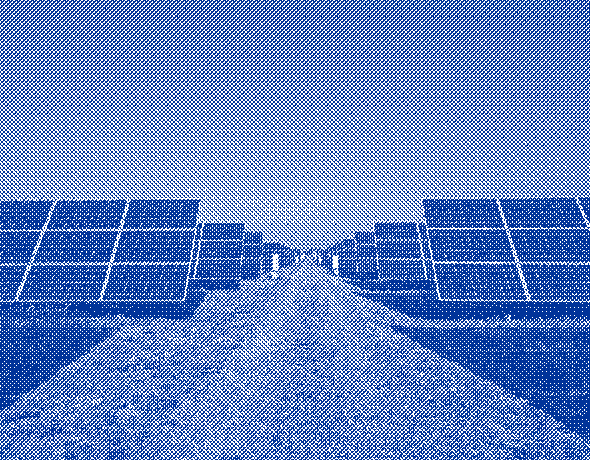
As mentioned above, for this agricultural pilot site, a small solar plant in combination with micro-hydropower will be constructed. These renewable energy sources will be implemented on a plot of one of the farmers in the Valle Inferior system. This plot has an area of about 200 hectares, and the water reservoir on the plot has a volume of around 13,000 m³, from where water is pumped to the fields.
It has been decided to use solar panels located on land to generate solar energy.
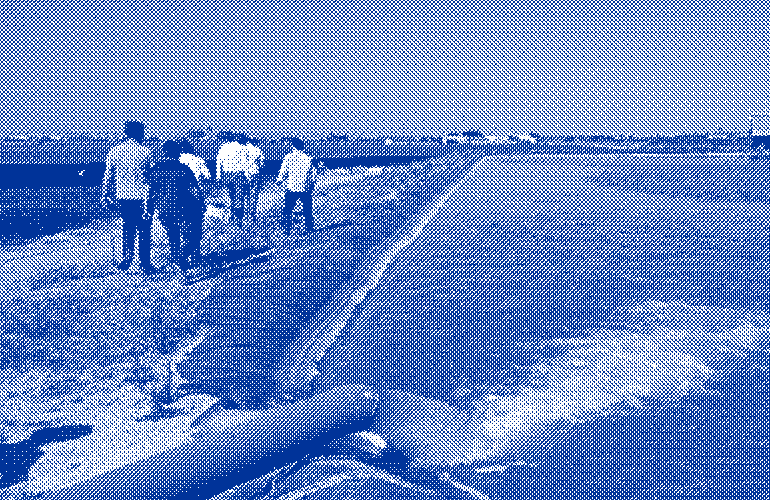
![]()
![]()
![]()
Valle Inferior irrigation community
Farmers, farm organisations, policy makers in the agriculture, energy and environment sectors, researchers in agriculture and RE systems
Sign up to our newsletter!